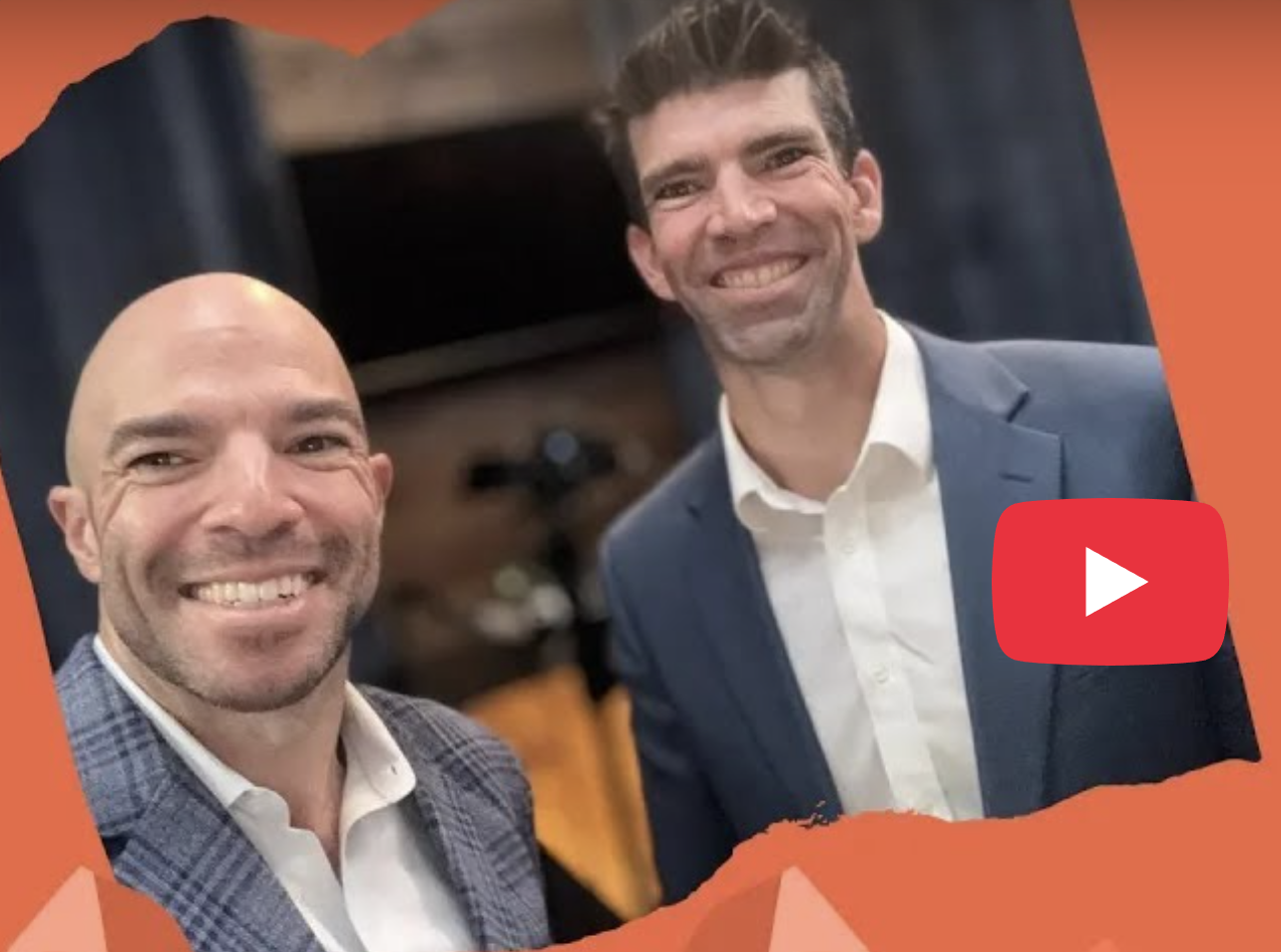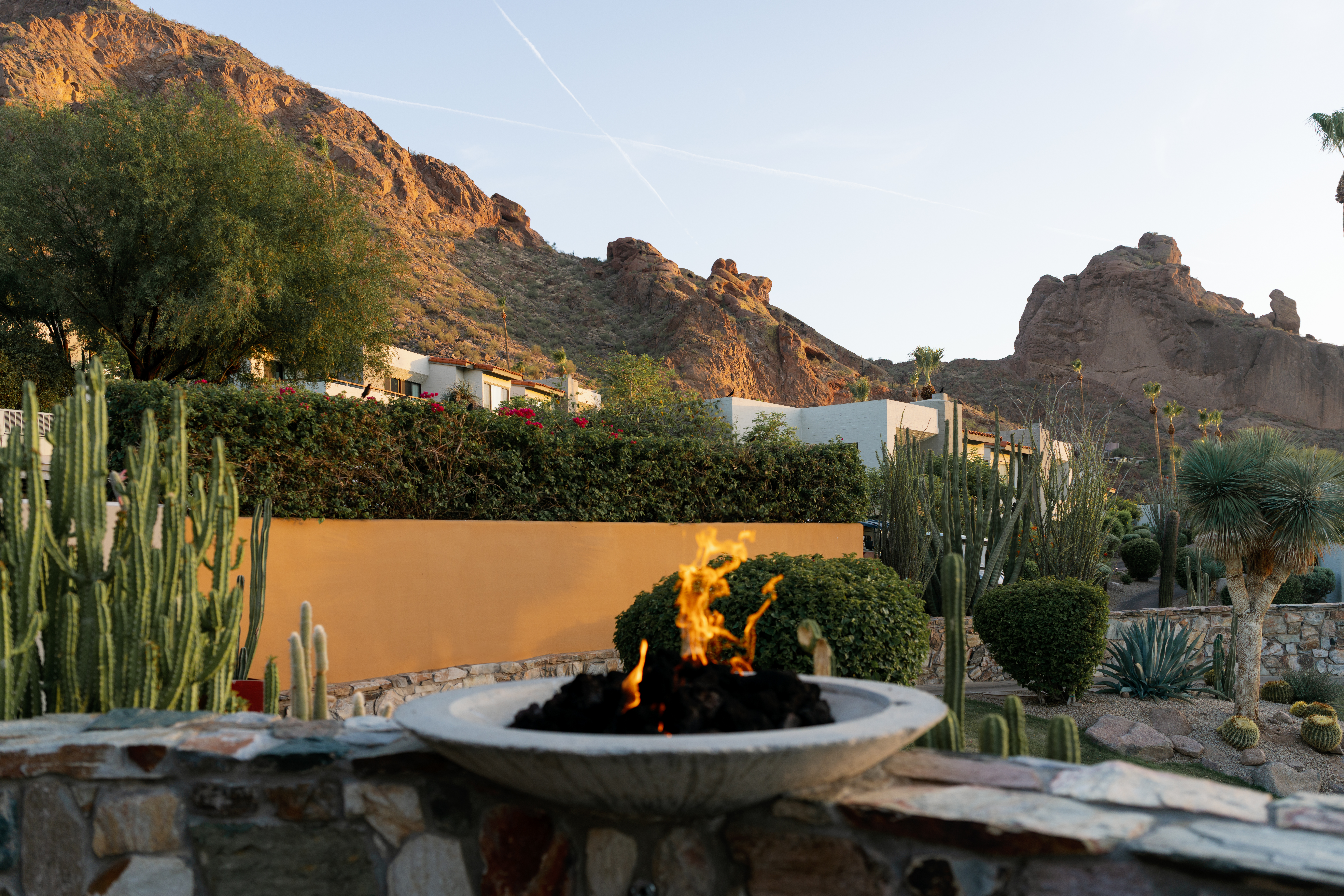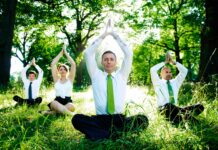Here are some tips on how to help attendees think more clearly, pay attention more closely and boost their cognitive performance by incorporating movement breaks into meetings.
All planners want their meetings and events to move attendees toward certain goals — but what if you make movement itself a goal? In a recent episode of the Return on Wellness podcast, hosted by wellness expert David T. Stevens and sponsored by Caesars Entertainment, Dr. Michael Donovan, who has a PhD in Nutritional Neurophysiology, detailed the benefits of integrating movement into corporate meetings and events.
For example, did you know that light to moderate activity can enhance brain function, improve attention and boost cognitive performance? As Stevens said, “When we bring people together, we’re not just stacking chairs and slides. We’re trying to light up brains.” The goal is to aim for creating short, accessible movement opportunities that don’t disrupt the conference flow while activating the brain-derived neurotrophic factor (BDNF), improving attention and alertness, and enhancing cognitive function, they emphasized.
According to Dr. Donovan, here are a few key strategies meeting and event planners can use to incorporate movement into corporate meetings:
Keep Movement Breaks Short and Social
• Limit breaks to three- to five-minutes in duration. “Within 3-5 minutes of light to moderate movement, you’re getting into brain-derived neurotrophic factor (BDNF), which helps you learn better by inducing plasticity, attention and alertness,” said Donovan.
- Sprinkle these short movement breaks strategically three to five times throughout the day. For example, you can incorporate a short movement break in between sessions — such as between the keynote and the first set of breakouts — then again during the mid-morning break, between lunch and the afternoon sessions, and between the last session of the day and the start of evening activities.
- Encourage attendees to meet new people during movement breaks so they can network while moving, which should make movement a social, enjoyable experience. One idea they floated was to implement a lunchtime “walk club,” where people can opt to take some of the lunch time block to go for group walks. Just be sure to have the lunch served throughout the entire lunch block so those who walk first don’t miss out on the meal.
Make the Movement Breaks Easy and Inclusive
• Encourage light movement like walking, marching or even just ask people to change their seats. “Just ask people to get up and go sit next to someone different, which also will trigger their brains with problem solving to figure out where they want to go,” Donovan said.
- Be sure to make it clear that movement breaks are optional and keep them simple so they’re not intimidating for those for whom fitness isn’t a regular thing. And be sure to provide clear instructions.
• Use body weight exercises that don’t require equipment. The largest muscles in the body are in the legs, so just walking can help, they said. Keep in mind that you want enough intensity to trigger the intensity and focus ability that comes with stimulating BDNF, but you don’t want too much intensity where you get people sweating through their conference attire, they added. “It doesn’t have to be a lot,” said Donovan. “Just enough to keep them from being sedentary.”
• Offer scalable options for different abilities — be sure to work with accredited fitness professionals to design activities that can accommodate different fitness levels and those who have physical disabilities.
Design Measurement and Feedback Mechanisms
Try adding movement breaks on one day, then survey attendees to see if they notice a difference in their mood and engagement on days with and without those movement breaks. For multiday events, Donovan suggested having no movement breaks on day one to set a baseline, then include them on day two. Put a QR code to the survey on the general session screen and encourage people to log on and provide feedback. Quick tip from Stevens on getting people to actually participate in the survey: Let them know that those who participate will get access to the event photos. “I’ve gotten 85% of a 450-person conference to fill out the survey” with event photo access as an incentive, he said.
Once you can compare data on days with and without movement breaks, you’ll have statistics you can bring to leadership to get them on board with continuing the interventions for future conferences.
You May Also Be Interested In…
New Wellness Standards for Hotels
Exclusive: Putting Wellness on the Agenda
Wellness for Real: Top Tips for Meetings and Events












